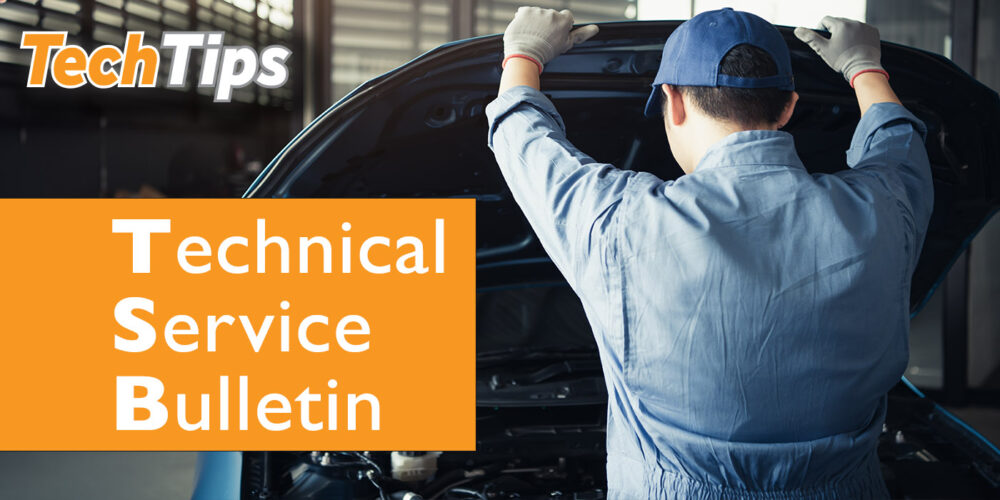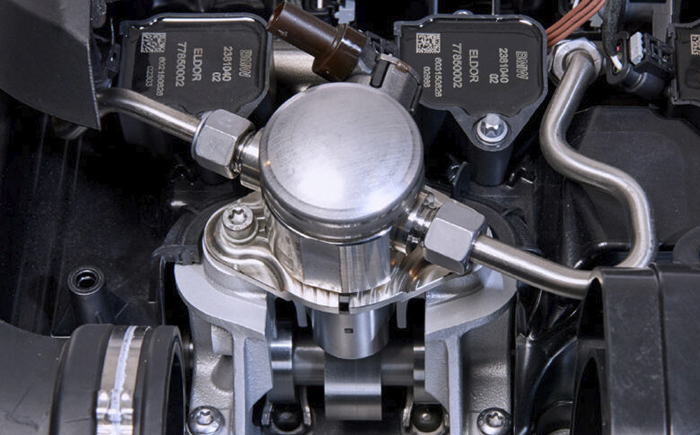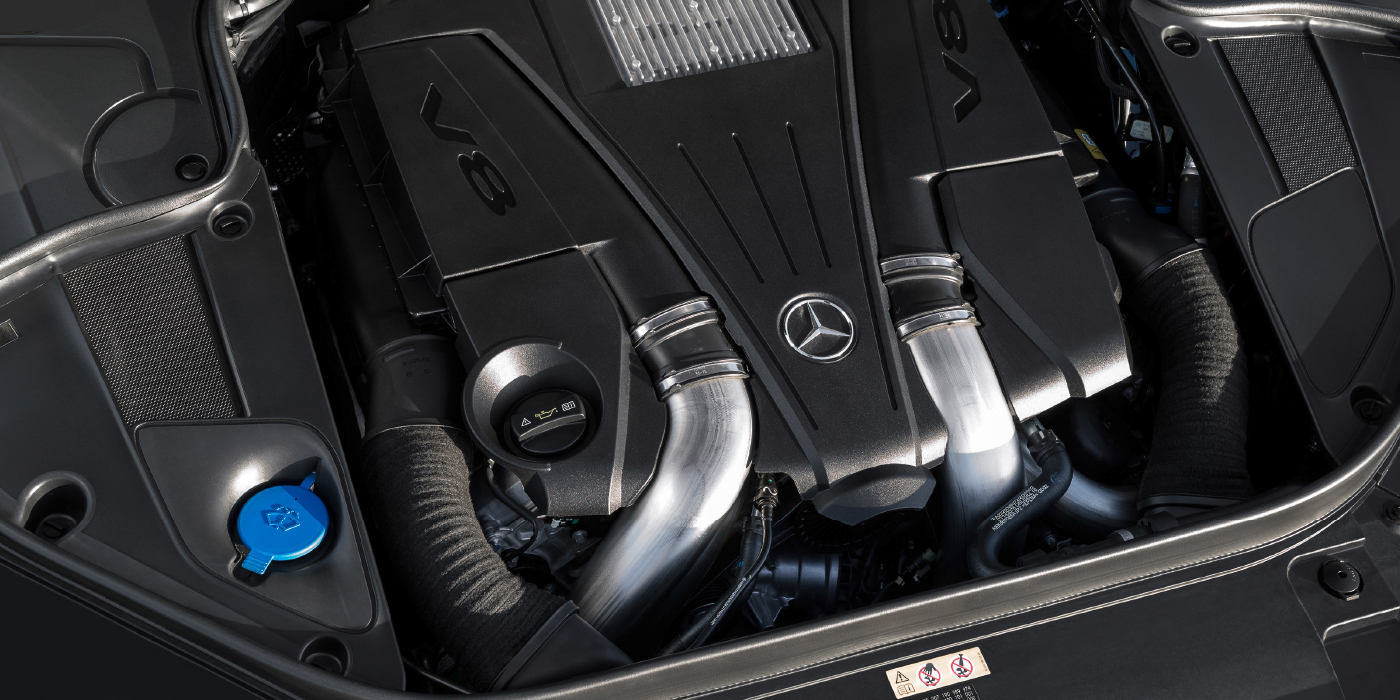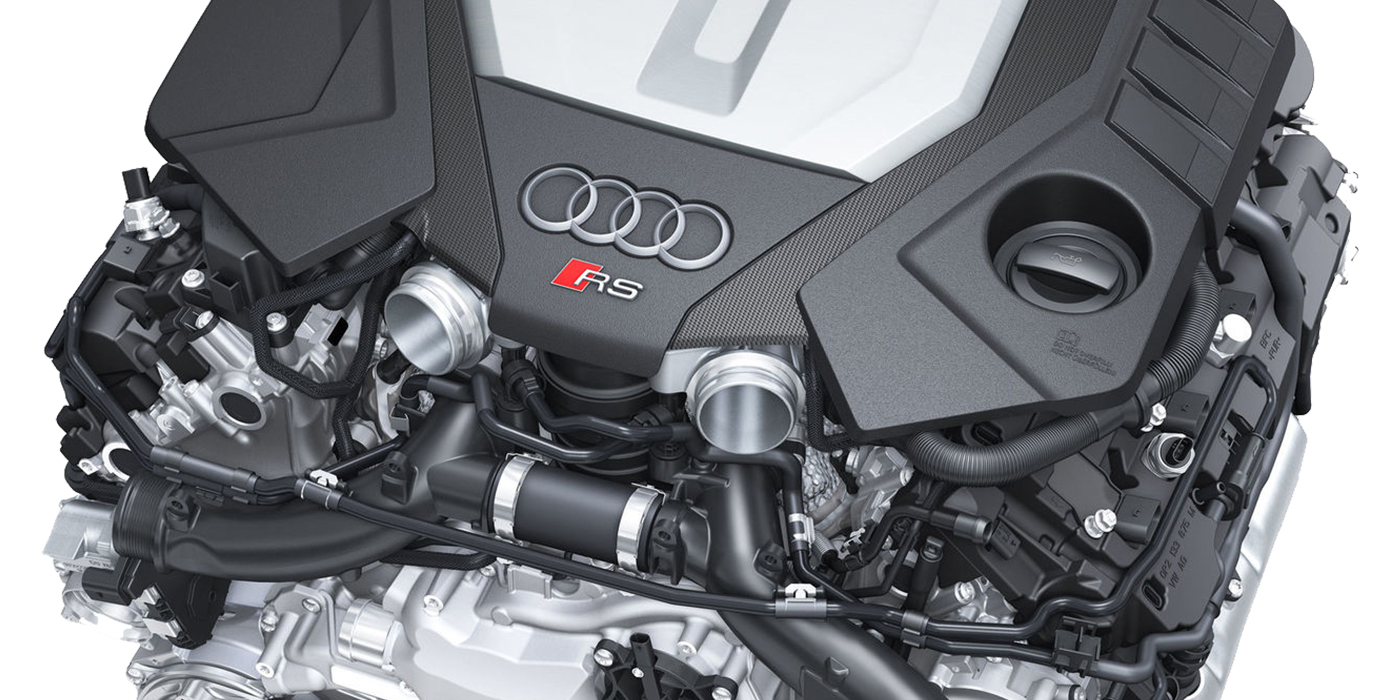Here is a diagnostic puzzle: An owner comes to your shop complaining that it takes longer than expected to start his car’s engine in the morning. There are no codes for the crankshaft and camshaft sensors. And, the oil pressure is within specifications. If you are lucky, you might have a code for low fuel pressure on the high side of the direct injection system. What could be the source of the problem?
If the engine is direct-injected, the issue could be the high-pressure fuel pump. This pump is precision-machined to generate fuel pressure to the rail up to 2,500 psi. Some new systems generate pressures as high as 5,000 psi for better atomization. A lobe on the camshaft typically drives these high-pressure fuel pumps and can vary their displacement and output to match the engine’s needs.
The issue could be the check valve or the pump can’t produce enough pressure. Either way, there is no fuel at the rail when the vehicle is started, which causes the long starts.
The Basics
Diagnosing the problem comes down to understanding what causes a loss of fuel pressure. Most systems will have 50-60 psi at the fuel line going to the high-pressure fuel pump. This pressure is created by the supply or volume pump in the fuel tank. The pressure is regulated using the low-side fuel pressure sensor and a pulse-width-modulated signal to the pump. The goal is to keep the pressure constant as the volume of fuel increases and decreases. It does this by controlling the duty cycle of the electric motor in the pump. Some scan tool data will call this the commanded percentage of the pump.
The pump will have a check valve that allows fuel to travel only in one direction. If the valve has failed, the fuel in the lines will be siphoned out of the lines and back into the tank. When the engine is started, it takes time for the fuel to make it to the high-pressure fuel pump. Also, there might be air in the lines that will cause it to run rough.
The other loss of fuel pressure can occur at the injectors. If an injector is stuck open, the pressure and fuel will bleed off and enter the cylinder and eventually the crankcase. The volume of fuel will not typically hydraulically lock the cylinder. Instead, the fuel will dilute the oil.
The other source of the problem could be the high-pressure fuel pump. The pump can generate more than 3,000 psi of pressure. Inside the pump is typically a piston that is driven by a lobe on a camshaft. Mounted on the body of the pump is a solenoid that controls the volume and pressure of the piston’s compressed fuel. Also, there is another check valve that prevents the pressurized fuel from entering back into the supply fuel lines.
The high-pressure fuel pump can produce several conditions that cause a long-crank complaint. The first issue might be fuel leaking past the pump’s piston. When this happens, the fuel pressure will drop, and fuel will pass the plunger and follower and enter the crankcase to dilute the oil.
On some engines, the plunger, follower and lobe on the exhaust camshaft can wear. This reduces the stroke of the piston and the amount of pressure the pump can produce. The solenoid can also fail and cause a leak or prevent the pump from building pressure. It is rare for the check valve to fail, but it can happen.
Chronic Conditions
The main destroyer of high-pressure fuel pumps is a lack of oil changes. Wear between the camshaft lobes and the high-pressure pump follower prevents the pump from generating enough piston movement. You should always examine the lobes on the camshaft before installing a new and costly high-pressure fuel pump. A lack-of-power complaint may improve, but it will never be completely corrected.
While a failed fuel temperature sensor cannot cause a pump to fail, it can cause you to misdiagnose a high-pressure fuel pump. Direct-injection systems use pressure and, in some cases, temperature sensors to help determine the position of the high-pressure pump solenoid.
These sensors have a ±2% accuracy rate. If the sensors are malfunctioning, they can influence fuel trims.















